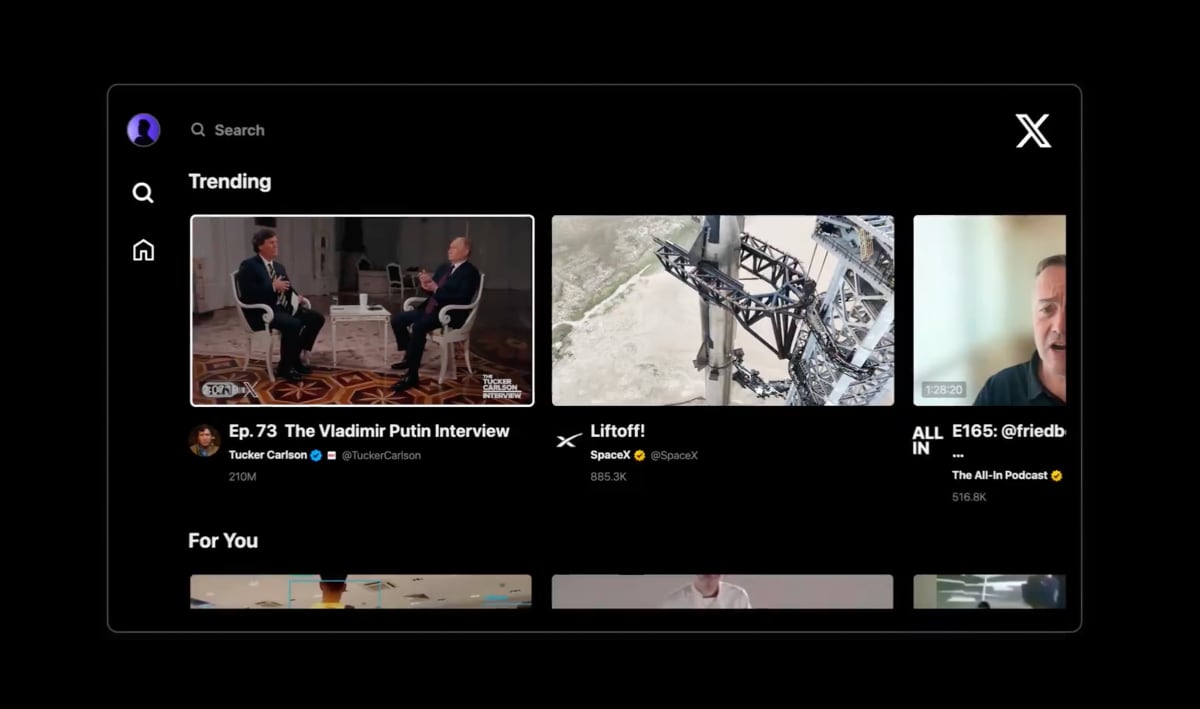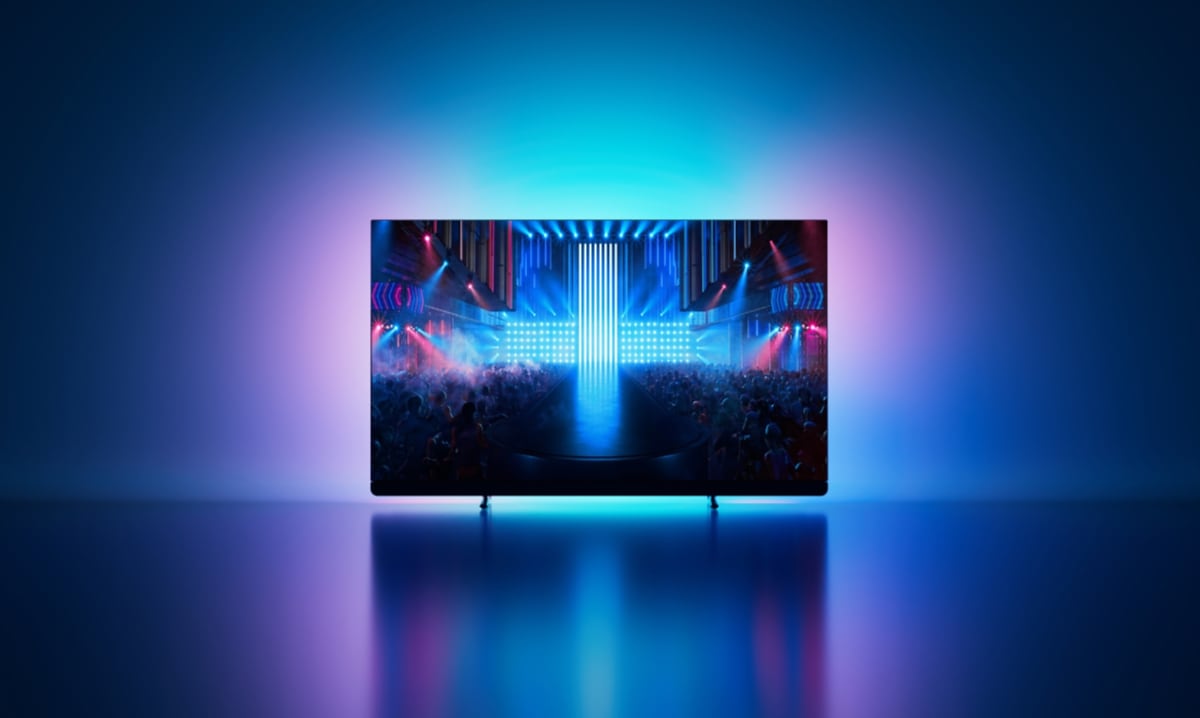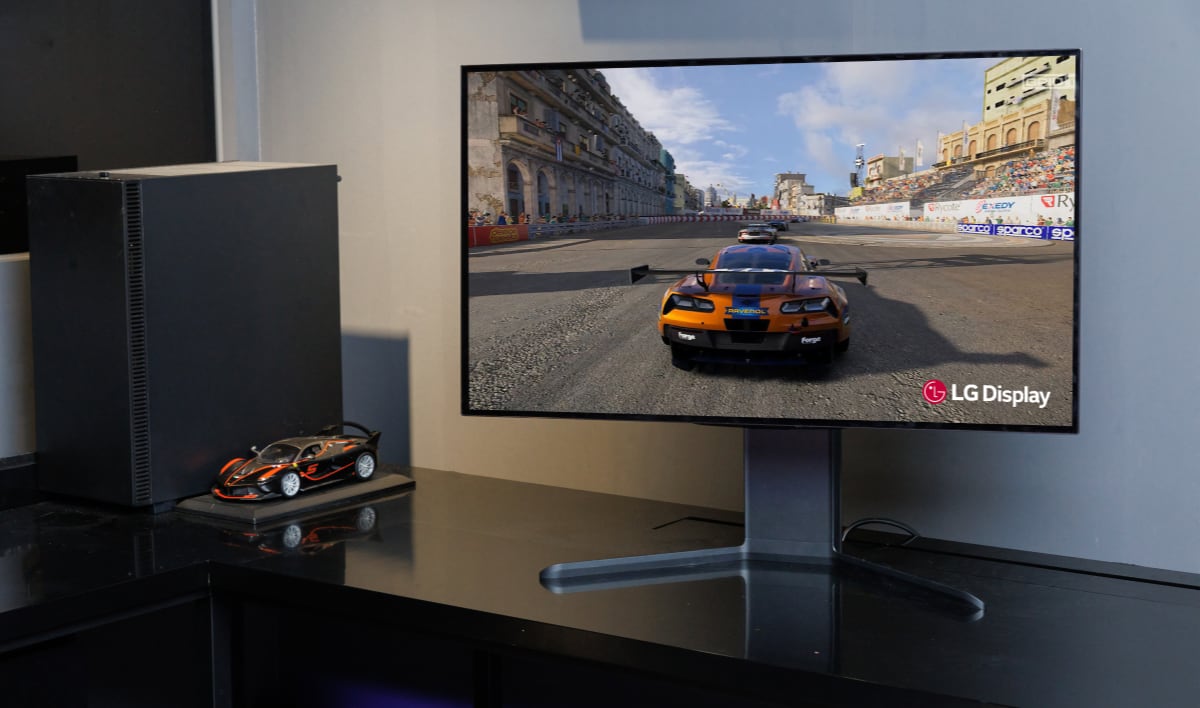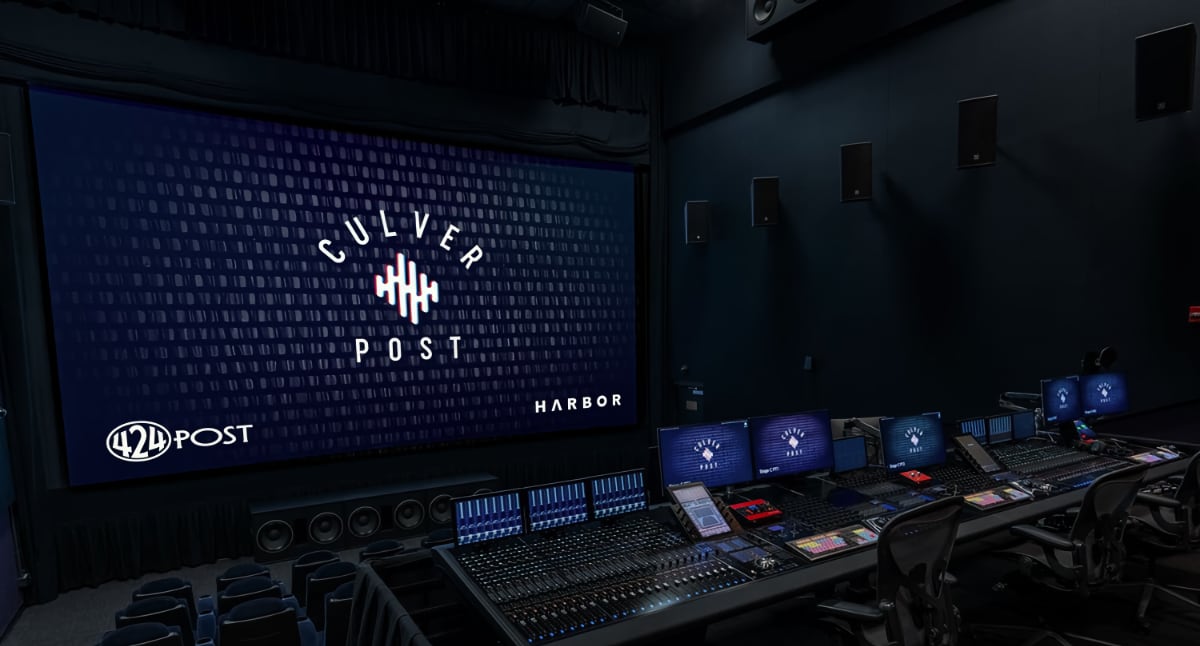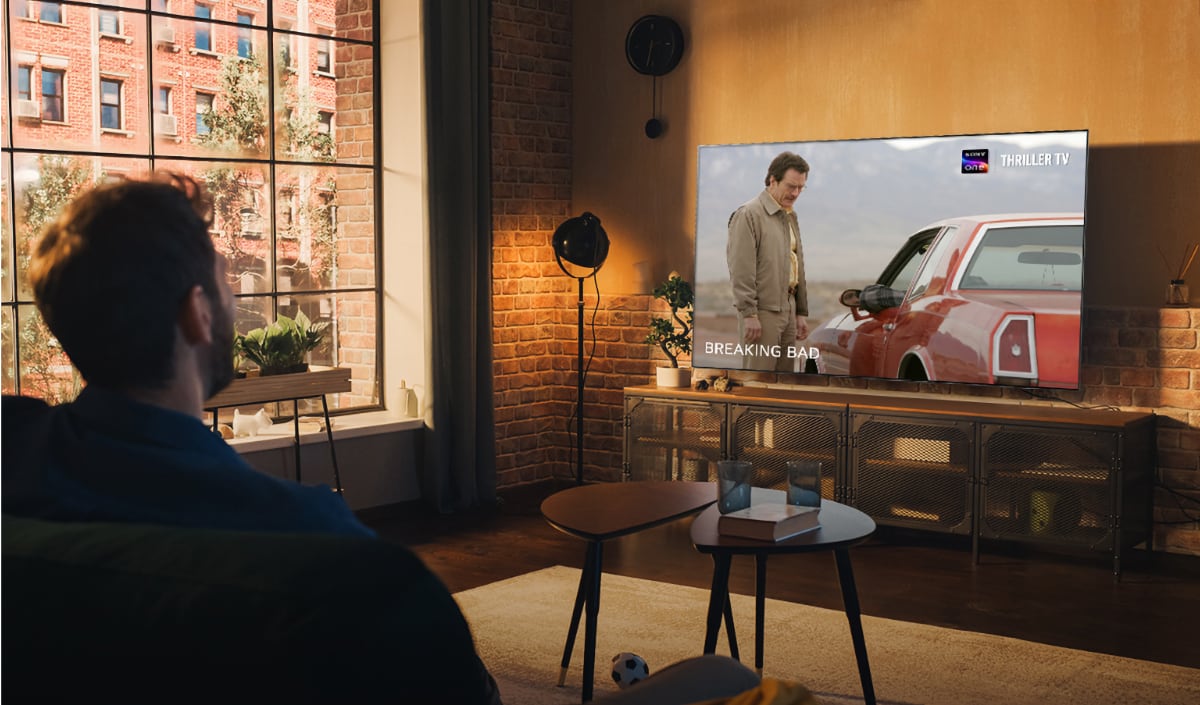Dolby Vision was one of the new interesting technologies at CES 2014, and we had a chance to take a closer look. But Dolby was not the only one showing off high dynamic range (HDR) displays, and there is more to the story that Dolby is not telling you.
Hands-on with Dolby Vision
Dolby Vision was announced at CES, but Dolby has been talking about it for a few months now. Dolby promises to make our screens much brighter with much more vivid colors and better dynamic range. That sounds great, but what is really going on here?

Dolby Vision (right) in Dolby’s own words
Dolby is essentially proposing a new display standard that takes the entire delivery chain, from camera to studio to displays, into consideration. They argue that our current display standards are too limited to accurately mimic the real world. They are unable to reproduce the really bright real-world colors because the dynamic range (contrast) is too limited. That is true in its entirety.
Dolby has no intentions to start making the actual TVs, but they have demonstrated a TV concept with thousands of local dimming LEDs behind a LCD panel. The TV is ridiculously bright and vivid, but also ridiculously expensive to produce, so it is only a concept for now, designed to show off the technology. Instead, Dolby wants TV makers to create TVs. Dolby says that they have already signed on three TV makers; Sharp, Vizio and TCL. Dolby Vision is actually implemented in Vizio’s Reference TV, but it seems that TV makers are free to call it what they want.
Dolby says that Blu-ray can theoretically support Dolby Vision, but it would probably require a new Blu-ray standard. Instead, they want to partner up with streaming services, and say that Netflix, Amazon, Vudu and Xbox Video are already committed. We asked Netflix about this during our interview with them at CES, but the Netflix execs did not seem familiar with this, so it seems that the details are still up in the air (more in our upcoming Netflix interview). The goal is to launch before year’s end. At CES 2014, we also had a chance to see Sharp’s Dolby Vision TV.

We struggled to get both TVs in the same frame, but the camera exposure is so hard to get right on two TVs with varying brightness levels, so you only get the Sharp Dolby Vision TV
Sharp’s 70” Dolby Vision TV certainly looked great. The highlights in the picture really popped and it was still able to reproduce dark details. Colors were vivid and we were impressed by what we saw. This is basically a LCD panel with LED local dimming that also operates with more colors than today’s TVs, but it can only do so because the source material is created this way – that is an important point, as it is part of the proposed Dolby Vision plan.
The TVs capable of reproducing the “Dolby Vision” picture are not exactly new, in fact they have been here for years, but they are expensive to make (and content is missing). Plasma TVs cannot do it per se, but LCD panels can. However, LCD panels require a true backlit RGB LED local dimming system with many more dimming zones than we have ever witnessed; ideally one for each pixel. Sounds like something we know? That’s right, OLED!
Better pixels versus more pixels
As said, Dolby is not only proposing a new display technology (LED local dimming on LCD panel), but also a new color system to be implemented in all Hollywood studios and new delivery standards that TV broadcasters, Blu-ray, and streaming companies have to embrace. Quite a mouthful.

Rec.2020 is a larger color gamut that is already part of the Ultra HD standard
But wait, how come people are already talking about it when Dolby has only just announced it at CES 2014? With fancy names and all? Because Dolby Vision is a combination of elements that we already know and that have already been proposed for the Ultra HD standard (in fact, they are included).
Dolby wants to improve the dynamic range, which requires two fundamental parameters. It requires a larger color gamut – like the Rec.2020 gamut included in the Ultra HD standard – and higher color bit rates that are necessary if we want to improve color fidelity. The industry uses 8-bit colors today, but Dolby wants us to use 10-bit or 12-bit instead – which is already included in the Ultra HD standard, too.
And then Dolby argues that we need more brightness, far more brightness. That is partly true but some LCD panels can already get very bright, maybe even too bright for a cinema or evening environment. If you watch TV in a dimly-lit room your pupils will adjust (open) according to the environment, so we do not necessarily need extreme brightness. Plasma TVs cannot do it, but they are almost dead. What we actually need is a display with a higher contrast ratio, real contrast ratio, not “dynamic contrast” that every TV makers tries to sell you.
You cannot make LCD panel brighter without making blacks weaker, so that will not work. That is why Dolby is proposing using LED local dimming, preferably a LED zone behind each pixel.
And that is where OLED comes in. OLED displays are not as bright as the brightest LCD/LED displays right now, but each pixel can be addressed; just like a LCD panel with a LED zone behind each pixel could. In other words; OLED will solve this without Dolby’s involvement.
OLED displays will get brighter in the next few years, and LCD panels with local dimming LED already exist, without any help from Dolby, which is probably also why Sony, Samsung has not committed to Dolby Vision. They can do this on their own. And in fact, they already do. Sony will implement “X-tended Dynamic Range” in several of their TVs in 2014.

Sony will implement “X-tended” technology in its 2014 TVs. It’s not exactly Dolby Vision, but is a step in that direction
Ultimately we think that what Dolby is doing is great. We believe in 4K resolution, but we believe even more in “better pixels” (larger color gamut, higher color bits), and when you boil it down to the essentials that is what Dolby is trying to do (plus proposing a way to get it to our screens).
We have no problem with Dolby Vision. If they can get Hollywood to start creating content in HDR and make TV makers follow the same route, it will be a major step forward, but we can imagine that all this comes with a license fee. Dolby is not putting so much effort into this without demanding license fees, and in the end you - the consumer - will pay for that. The elements of Dolby Vision are already included in the Ultra HD standard. They are not requirements (the baseline includes only 4K resolution) right now, but definitely something TV makers and the content industry will start implementing in the coming years. Dolby is hoping to do it by year’s end.
Further reading:
What is Ultra HD (4K) The future of TV explained
4K is the future: A tour in Sony’s Hollywood studios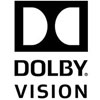 Hands-on with Dolby Vision: Is this the future?
Hands-on with Dolby Vision: Is this the future?







